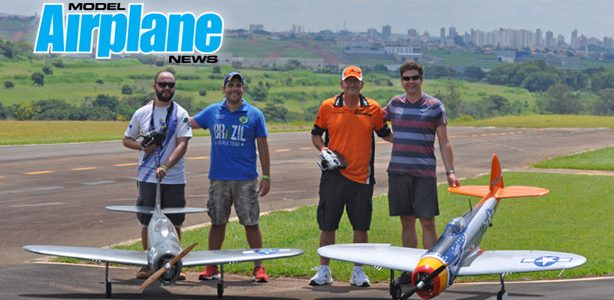Q: Clarence, thanks for this forum. When the magazine shows up, it is the first thing I look for to read. My question is this: If you have a fuel feed problem caused by a low tank position will remounting the remote needle valve to a lower position solve it, or is the tank position dictated by the carburetor? What I have is a Tower Hobbies Kaos arf with a Tower Hobbies .46 engine W/remote needle valve that is mounted on the same level as the carburetor. After trying everything that I could think of to get the engine to quit sagging in climbing flight, especially after burning some fuel off, I jammed the tank tight up against the top of the fuselage which resulted with the back of the tank a little higher than the front. Now it runs fairly well the first half of the tank anyway. When put in a climb, the engine really gets on step and will take the airplane vertical easily, but seems to sag a bit in level flight now. Once about half the fuel has burned off, it will start surging in level flight but still runs well climbing. In a right bank that puts the needle valve up towards the sky, it will really surge and cut out when the fuel level is down to half. This possibly because of the sloping tank? It is a 10 oz. tank, using Wildcat 10% Fuel, glowplugs with and without idlebar.
A: Although the position of the remote need1eva1ve can make a small change in the mixture setting, it is the height of the fuel tank that is the determining factor. With the tank low, the engine still has to draw the fuel from the low position. Tipping the tank fools the engine into thinking the tank is higher, but only with a full tank. As the fuel level drops, you are back to the low position. You might try a small secondary fuel tank next to the carburetor if space permits from which the engine draws the fuel. Muffler pressure to the main tank keeps it full. Another alternative would be to reduce the carburetor intake size with a piece of brass tubing in the barrel which will increase the fuel draw, but at the cost of a few hundred rpm.
The only other alternatives would be either a Perry Micro- oscillating pump that works on engine vibration or the Cline pressure system that I discussed in the March 09 issue. You could also use the standard Perry pump, but this only works properly with the Perry pump carburetor which would be the most expensive way to go, i.e. about $85.00.
Yours,
Clarence Lee























